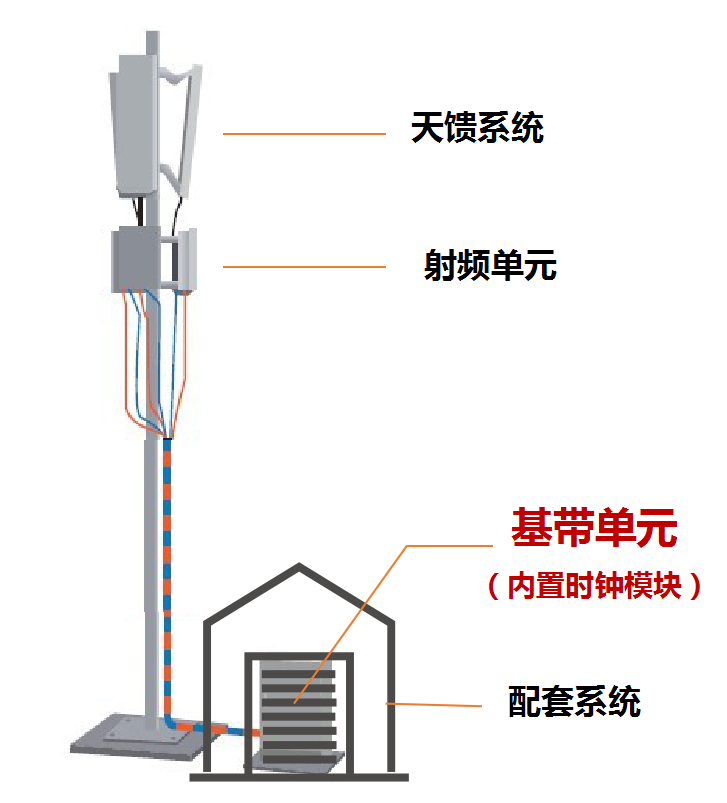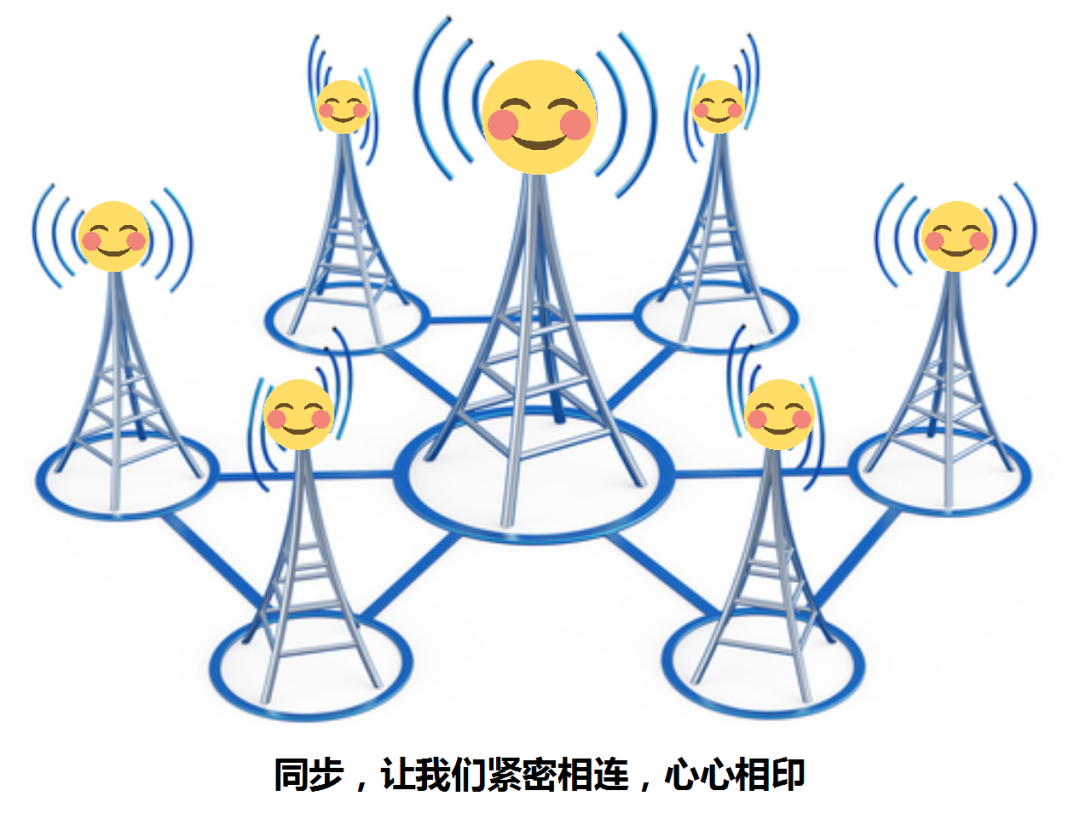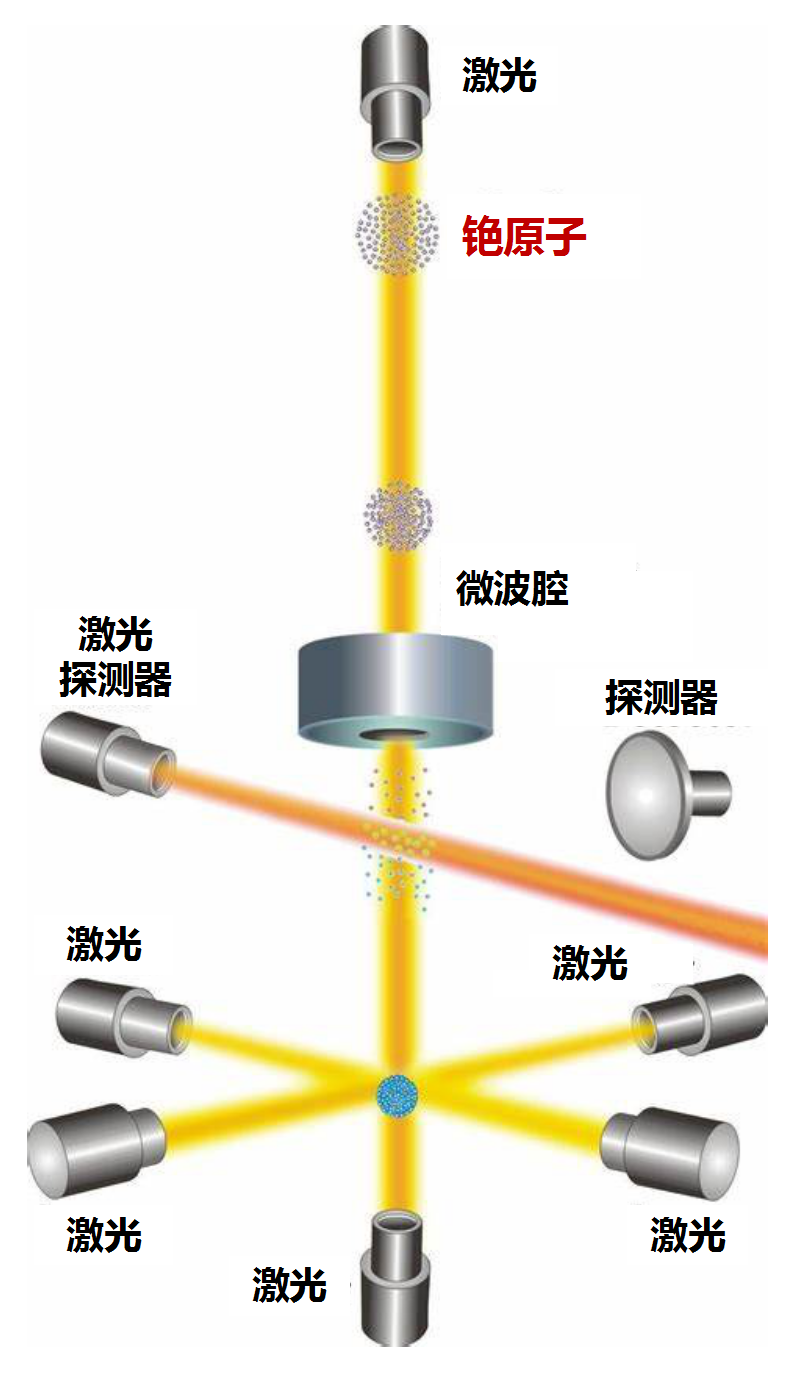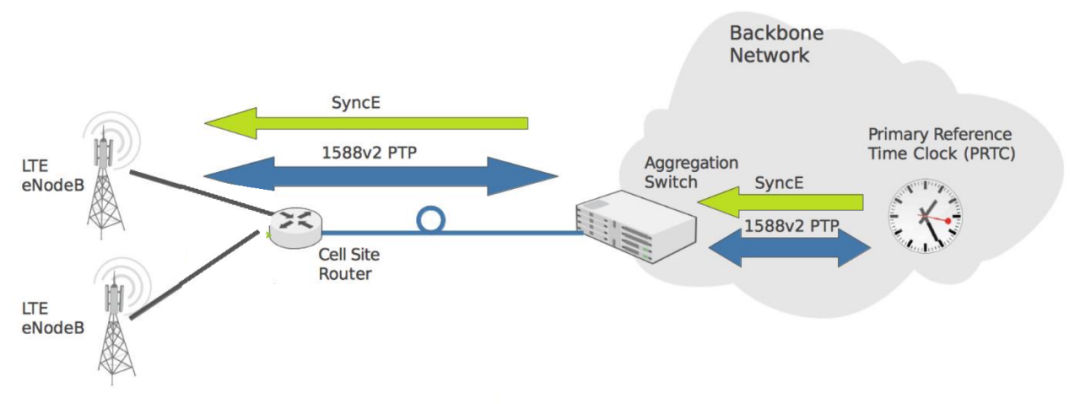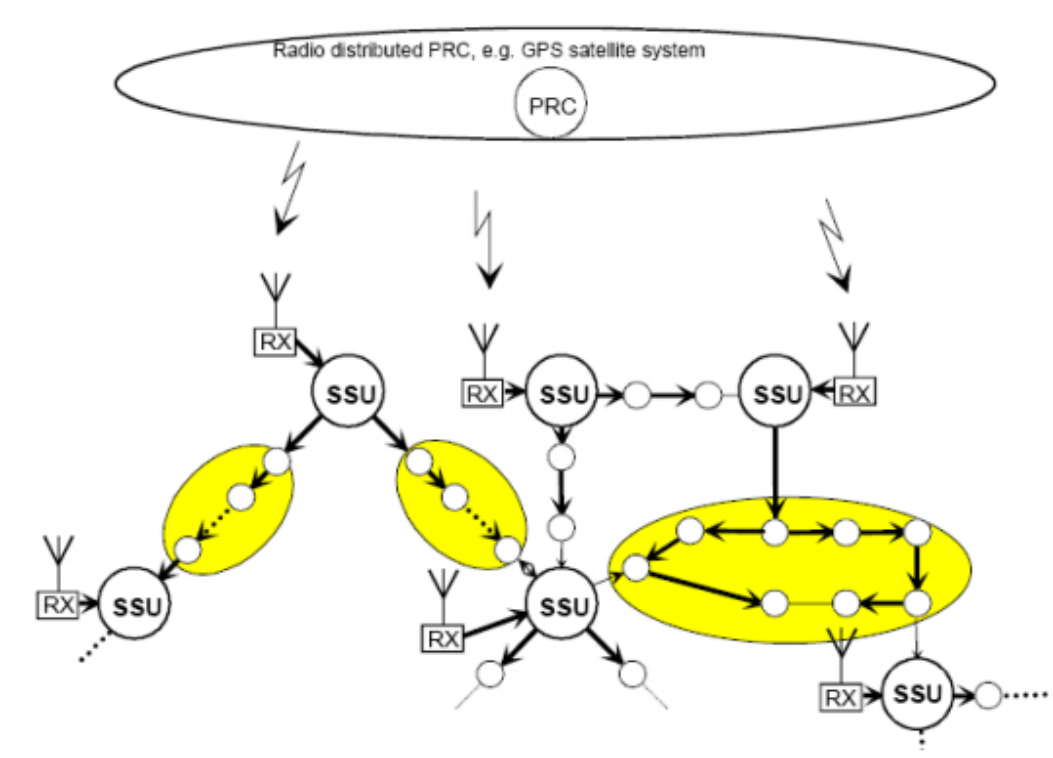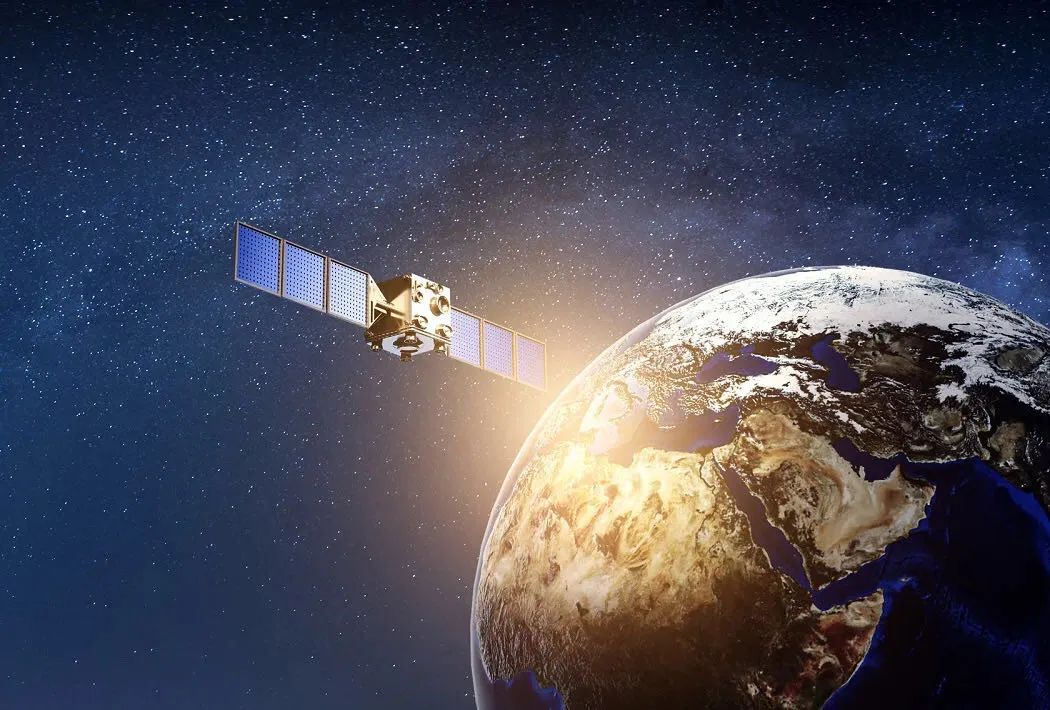Synchronization Is a Basic Requirement
Clock synchronization is crucial for wireless networks. From 2G to 5G, different wireless access technologies have varying requirements for frequency synchronization and phase synchronization accuracy.
The basic principle of synchronization is similar to that of a clock.
Each base station has its own independent clock module: a crystal oscillator, which remains in free oscillation mode without an external clock source.
It is easy to imagine that without synchronization, the clocks of various base stations in free oscillation mode are not coordinated; each base station operates independently as an isolated unit. Only by using a reference clock to synchronize through this “clock adjustment operation” can they work in unison, thus forming a tightly connected network.
For a reference clock, it first needs to determine a reference source and then establish the synchronization relationship between different nodes. In communication systems, generally, nodes with lower accuracy obtain reference clock synchronization from those with higher accuracy.
Clock Levels and Accuracy
ITU-T defines a total of four levels of clock accuracy, commonly referred to as primary clock, secondary clock, tertiary clock, and quaternary clock. Their accuracy requirements decrease as the level increases.
The primary clock is the highest level of clock, also known as PRC (Primary Reference Clock). It requires very high accuracy, with frequency precision of ±1×10^-11 under any circumstances, meaning a frequency error of one part in a hundred billion.
The best primary clock is based on cesium atoms, which use the electromagnetic waves emitted when electrons transition between two energy levels as a reference to control clock accuracy. Each type of atom has its unique vibration frequency, the most common phenomenon being the yellow light emitted by sodium atoms when table salt is sprinkled on a flame.
The principle of a cesium atomic clock
Cesium atomic clocks have extremely high stability, capable of deviating by only one second over five million years.
However, they are very expensive, and only national entities can afford such costly systems. For communication systems, a local primary reference clock (LPR) can be established using GNSS (Global Navigation Satellite System) represented by GPS and rubidium clocks as the primary clock source.
Secondary and tertiary clocks are characterized by their need to select a synchronization link from an external source to obtain clock signals, attenuating jitter and offset before forwarding the clock to other devices. Thus, they are referred to as SSU (Synchronization Supply Unit), with secondary clocks called SSU-A and tertiary clocks called SSU-B.
Accuracy requirements for different clock levels
The secondary clock needs to achieve an accuracy of 0.016ppm within a year, while the tertiary clock must achieve an accuracy of 4.6ppm within the same period.
The quaternary clock, also known as SEC (SDH Equipment Clock), is the lowest level of clock, with an accuracy not exceeding 4.6ppm.
By comparing with the synchronization accuracy required for wireless communication, we find that the frequency synchronization accuracy requirement for all wireless communication standards is 0.05ppm. Tertiary and quaternary clocks cannot meet this demand, and generally, secondary clock levels are needed. This means that base stations need to synchronize with either primary or secondary clocks to function properly.
Synchronization requirements for different wireless access technologies (2/3/4G)
Networking Clock Synchronization
With a clock source, a network is also needed to distribute the clock. Depending on the networking, it can be divided into centralized and distributed methods.
The representative of centralized clock synchronization is synchronization Ethernet (SyncE) based on packet networks, and technologies like 1588v2, with a general network topology as shown in the figure below.
Centralized synchronization distribution network
The master clock PRC acts as the highest node, transmitting the clock down through a pyramid-like transmission network layer by layer. The SSU in the diagram represents the secondary clock, which can be considered as the base station in wireless communication.
In this mode, synchronization Ethernet (SyncE) can only achieve frequency synchronization, while 1588v2 can support higher precision phase synchronization in addition to frequency synchronization.
Synchronization Ethernet + 1588v2 synchronization distribution network
However, for 1588v2 to achieve phase synchronization, each transmission node must support the PTP (Precise Time Protocol) protocol, and the uplink and downlink latencies must be identical, which is very difficult to implement in existing networks.
The representative technology for distributed clock synchronization is the GPS from the United States, as well as China’s BeiDou, Russia’s GLONASS, and Europe’s Galileo GNSS systems.
GPS-based distributed synchronization distribution network
As shown in the figure above, the GPS, as a primary clock, does not directly connect to the lower-level SSUs physically, but broadcasts clock information through wireless interfaces. All SSUs directly synchronize with the master clock through GPS receivers.
Undoubtedly, wireless communication base stations also belong to SSUs, and simply installing GPS receivers on the base stations can achieve high-precision synchronization. GPS synchronization is currently the most widely used synchronization method globally.
As 5G requires higher precision phase synchronization, the precision of centralized network synchronization represented by 1588v2 is challenging to guarantee, thus further enhancing the importance of GNSS systems represented by GPS.
Source: Wireless Deep Sea
Editor: jita
Recent Popular Articles Top 10
↓ Click the title to view ↓
1. Having a Bigger Face is a Sign of Maturity
2. Using Advanced Mathematics to Clean Streets Saves 20 Million RMB Annually in This International Metropolis
3. Don’t Scare the Red Panda, or It Will… Stand Up!
4. Breaking! Scientists Discover Evidence of Possible Life on Venus, Earth May Not Be Alone
5. What Happens When a Ping Pong Ball is Hit at Supersonic Speed…
6. Hardcore Science Popularization: What is Topology?
7. To Understand “Tenet”, You Must First Know How to Act in Counter-espionage
8. Why Does Installing an Input Method App on My Phone Require Location Permissions?
9. What You Hear 500 Times on Certain Apps is Actually Fake!
10. Can’t Solve These Math Problems? It’s Not Your Fault!
Click Here to View All Previous Popular Articles

